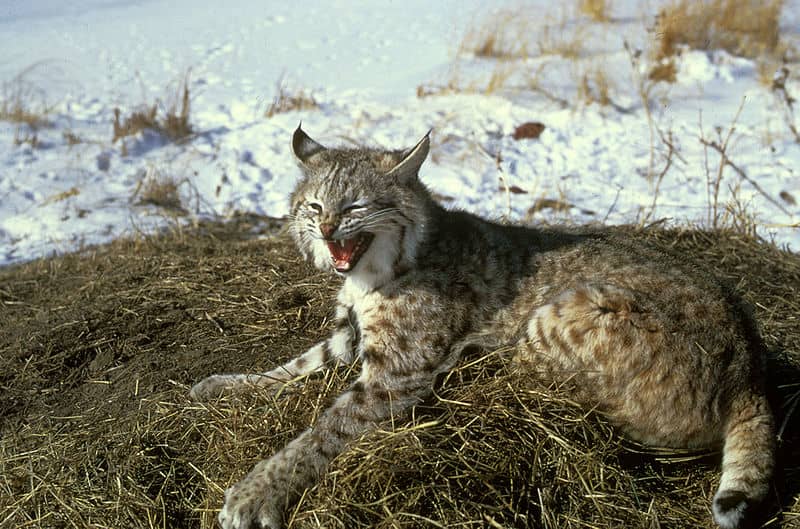Illinois Lawmakers Propose Bobcat Hunting Season
OutdoorHub Reporters 01.20.14

Bobcat hunting and trapping may return to Illinois after more than 40 years due to a push from legislators. According to the Springfield Bureau, state Representative Wayne Rosenthal (R-Morrisonville) is co-sponsoring a proposal that would allow hunters and trappers to take a hand in managing the bobcat population.
“There are just more and more of them out there. We just want to control them,” Rosenthal said.
If approved, the proposed season will take place between November 1 and February 15 with a bag limit of one bobcat per hunter and trapper. According to the latest count in 2009 by the Illinois Department of Natural Resources (DNR), bobcats had been sighted in 99 of the state’s 102 counties. A study by Southern Illinois University estimated that about 3,200 bobcats live south of Interstate 64, while isolated groups live elsewhere in the state.
“Bobcats once were common in Illinois,” said Bob Bluett, a DNR biologist. “Habitat changes and unregulated harvests, before the birth of our state fish and wildlife agency, caused numbers to decline by the late 1800s. But now, we’re happy to say, they’re doing great.”
Illinois bobcats faced drastic declines in the twentieth century, causing the state to cease all hunting in 1972 and place the animal on the threatened species list five years later. In 1999, DNR biologists agreed that the bobcats had recovered enough to be removed from the state’s list of threatened species. It is a recovery that officials credit in part to the efforts of hunters and trappers.
“Trappers [and hunters] care about animal welfare and have proven themselves again and again as true allies of conservation,” Bluett said. “They help us monitor, restore, and study wildlife populations. They also help us maintain a balance between the needs of people and wildlife by harvesting abundant species that cause damage and other problems.”
For more than four decades sportsmen have ensured the survival of the state’s bobcats, but now lawmakers are calling on them to manage the species. Supporters of the hunting proposal say that the abundance of bobcats is starting to affect prey animals like quail.
Along with the more common coyote, bobcats are small predators that primarily feed on mice, voles, rabbits, and squirrels. Like coyotes, bobcats can be a threat to small pets, although they are generally harmless to humans.
“People consider bobcats a wilderness creature, but their shy nature allows them to live close to people,” says biologist Clayton Nielsen. “People have nothing to fear from bobcats or living near them. Bobcats are active mainly at dawn and dusk, and have no desire for a fight. The bobcat’s story is the same as for most wildlife: if they can flee, they will.”
While some other states have higher bag limits and more liberal regulations, legislators hope that a strict hunting season will help control bobcat numbers without endangering the species.

